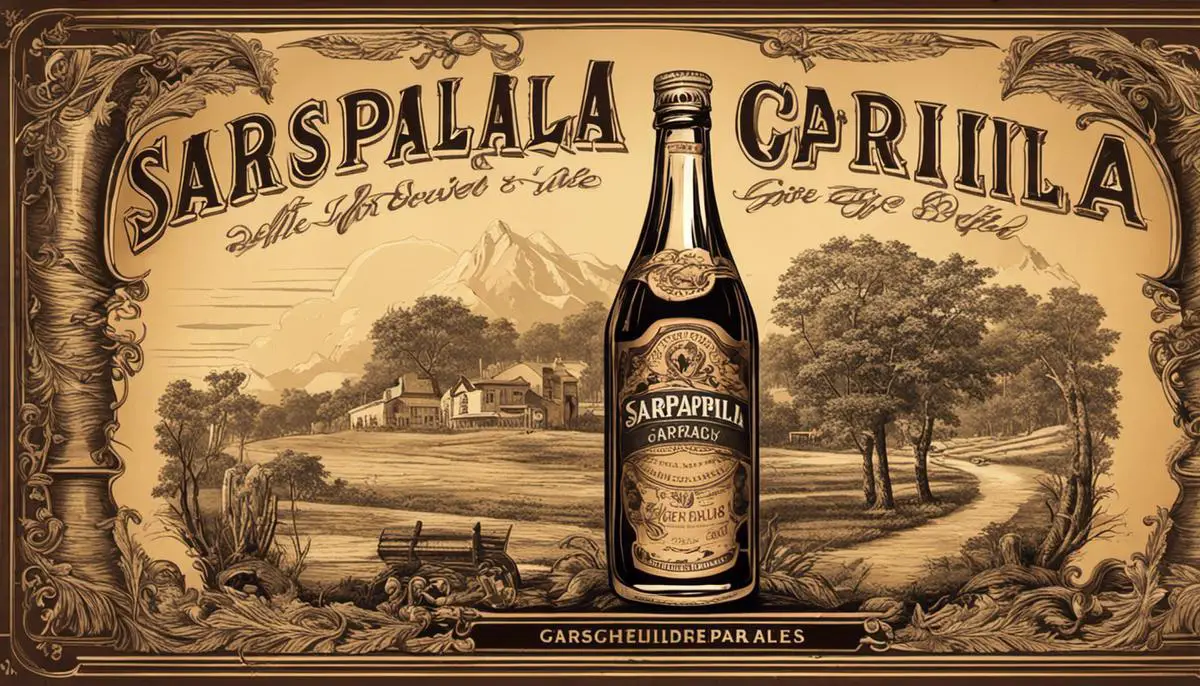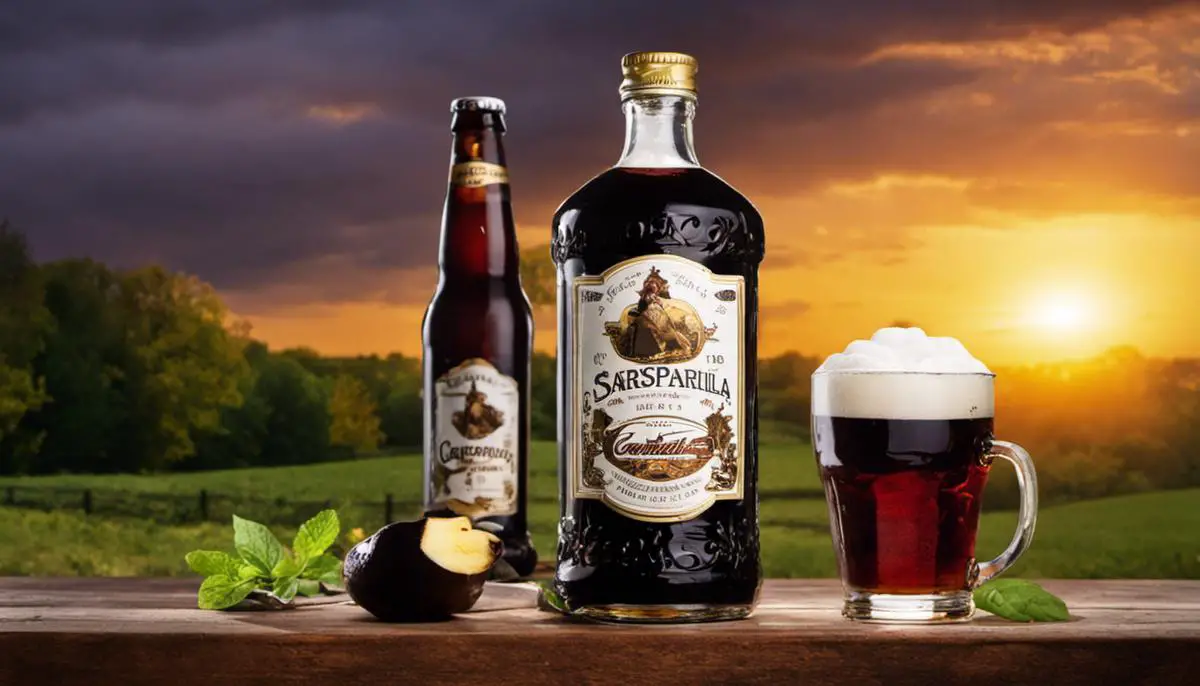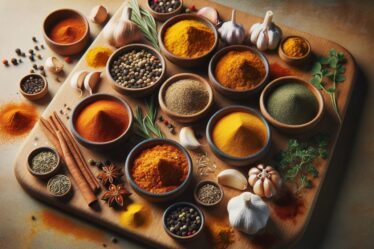
Step back in time and immerse yourself in the rich tapestry of the Sarsaparilla soft drink – a vintage treasure that continues to enthral generations with its unique flavor. From its obscure origins to its modern-day presence, the journey of Sarsaparilla is nothing short of fascinating. The tale weaves through intriguing elements like the innovative blend of ingredients, the complex process of development, and the cultural influence that underscores its persistent charm. Moreover, the unwavering shift in its popularity over the years offers a captivating narrative on its enduring appeal. Further into this exploration, you’ll get an insider’s look at the fascinating pastime of brewing homemade Sarsaparilla, an art cherished by soft-drink enthusiasts across the globe. From the meticulous sourcing of traditional ingredients to the detailed brewing process, this journey is designed to equip you with everything you need to venture into this unique experience.
History of Sarsaparilla Soft Drink
Sarsaparilla, oh, what a glorious, nostalgic, and enigmatic soft drink it is! It’s an integral part of the beverage history that has left a robust imprint on past generations and continues to flourish amongst enthusiast circles. Its existence is a fascinating blend of history, culture, and a dash of medicinal intrigue, adding a unique and unmistakable flavor to the broader soft drink tradition.
The story of this chestnut-colored treasure unfolds in the mid-19th century, specifically the era of the gold rush. Root beers and sarsaparilla were perceived as health-giving tonics, popular amongst miners striving for the promise of golden affluence. Herbal concoctions were brewed from sarsaparilla and sassafras roots, enticing with an enticing aroma and an equally exotic taste. Their popularity circulated as a fizzy refresher and health tonic, finding roots amongst saloons and parlors of the Old West.
The leap from medicinal tonic to a widely consumed soft drink happened subtly over the years as soda-fountain operators saw the opportunity to cater to evolving consumer preferences for effervescent refreshments. Besides, innovative bottling techniques during the late 19th century paved the way for its wide dissemination. Enhancements in carbonation methods attributed further towards morphing these root and herb-based tonics into frothy, bubbly drinks – thus bridging the chasm between medicinal tonics and what we now relish as the classic sarsaparilla soft drink. With its rich history and unique tang, sarsaparilla stands as a testament to adaptable tastes and enduring traditions, making it the intriguing soft drink that it is today.

Making Your Own Sarsaparilla at Home
Moving on from the rich history and evolution of this grand old beverage, let’s dive into your home kitchen to recreate the classic sarsaparilla soft drink! One of the great appeals of making your own sarsaparilla is that it allows a high degree of customization. Just like the soda-fountain operators of yesteryears tailored the taste as per patrons’ preferences, you too can tweak the mix of sweet, bitter, and spicy according to your liking. The key lies in understanding the ingredient profile.
The main ingredients of homemade sarsaparilla include sarsaparilla root, sassafras root bark, birch bark, anise seed, vanilla beans, and wintergreen leaves, with the addition of molasses or sugar for sweetness. These ingredients can be easily sourced from local spice stores, herbal shops, or ordered online. Steep these botanicals in hot water, creating a concentrated syrup. Strain the mixture to get rid of solids, add your sweetener and then dilute it with cold water. Now, it isn’t a soft drink until it’s fizzy. At this stage, you can choose your carbonation process. One can introduce carbonation through a soda siphon or a home carbonation system, but make sure it’s cold before carbonating as CO2 dissolves better in cold water.
Last, but definitely not least, is storage. The bottled tradition is more than just nostalgia. Glass bottling is excellent for preserving both the taste and carbonation of the homemade sarsaparilla, ensuring that the effervescence and flavor profiles are retained over time. Seal the bottles and refrigerate them for at least 24 hours before indulgence. Making sarsaparilla at home, is a truly gratifying experience, it entails a bit of fun science, a dash of history, plenty of creativity with flavors, and the sweet reward of enjoying a fizzy, tailored-to-your-taste drink. And oh, isn’t that just the essence of embracing this hobby? Happy brewing!

Entering the world of Sarsaparilla is a journey brimming with enticing stories and hands-on experiences. Exploring its history not only enriches our perspectives but also amplifies our appreciation for this timeless beverage. On a parallel journey, brewing homemade Sarsaparilla is an opportunity to engage in a beloved tradition, which for many is more than just creating a drink. It’s about honing a craft, embracing an art, and experiencing a culture. The diversity of the Sarsaparilla process, with its unique blend of ingredients and the potential to add personal twists mirrors the rich variety in our lives. The narrative of Sarsaparilla speaks volumes about mankind’s love for creation and innovation, a love that transcends time, tastes, and cultures. So whether you’re sipping a bottle of store-bought Sarsaparilla or savoring your homemade version, remember, you’re not just enjoying a drink, you’re embracing a story, a tradition, and a shared human experience.



